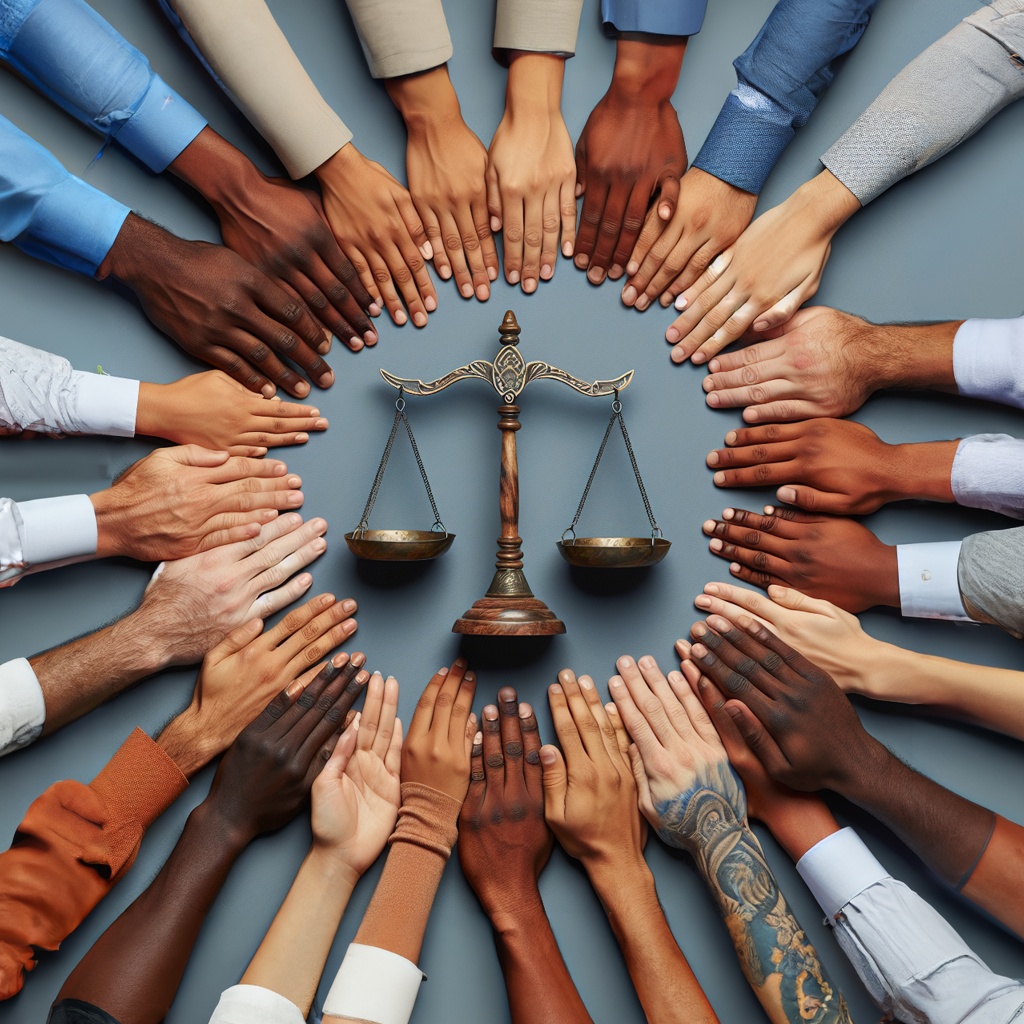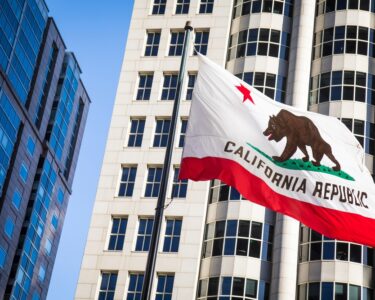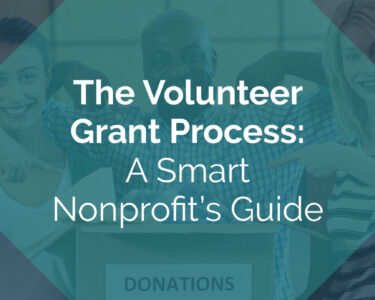Legal documents are the foundation of many important relationships, whether between individuals, organizations, or communities. Traditionally, legal writing has been formal, often rigid, and—at times—exclusive. However, the legal profession is evolving, recognizing the importance of inclusivity and equity in all forms of communication, including legal drafting.
Inclusive legal documents not only reflect professionalism and respect but also help build trust with diverse nonprofit stakeholders. Here are practical steps for drafting legal documents in a way that is inclusive and accessible to all.
Nonprofits rely on their articles, bylaws, policies and meeting minutes to operate their organization. Those documents should make sense to and be reflective of the community the nonprofit serves.
1. Use Gender-Neutral Language
Inclusive legal documents should not assume the reader’s gender. Gendered language can unintentionally exclude or alienate individuals. Modern legal writing embraces terms that avoid assumptions about gender identity.
Instead of:
- “He or she shall…”
- “Chairman”
Use:
- “They shall…”
- “Chairperson” or simply “Chair”
Consider using singular “they” as a default pronoun for individuals where gender is unspecified or irrelevant. It is widely accepted and helps to ensure the document is more inclusive.
2. Avoid Legalese
Legalese—dense, archaic, and overly formal language—can be a barrier to understanding, especially for those unfamiliar with legal terminology. Strive for clarity and simplicity while maintaining precision.
Instead of:
- “Hereinbefore mentioned parties”
- “Shall not be liable to the extent that…”
Use:
- “The parties mentioned above”
- “Will not be responsible if…”
Clear language benefits everyone, especially those who may not have legal training or English as their first language.
3. Reflect Diversity in Hypotheticals and Examples
If your legal document includes examples or hypotheticals, ensure they represent diverse perspectives. This demonstrates an understanding of the varied experiences and backgrounds of your audience.
Example:
In an employment agreement, use names like “Aisha,” “Carlos,” or “Xiao” instead of defaulting to “John” or “Mary.”
4. Be Mindful of Accessibility
Accessibility is a cornerstone of inclusivity. Legal documents should be easily understood by people of all abilities and literacy levels.
- Format for readability: Use bullet points, headings, and white space to break up dense text.
- Provide alternative formats: Ensure documents are accessible to those with visual impairments (e.g., providing large print or screen-reader-friendly formats).
- Avoid complex jargon: Define necessary legal terms in plain language.
5. Respect Cultural Nuances
Language and customs vary across cultures, and legal documents should account for this diversity.
- Avoid idioms or phrases that may not translate well across languages or cultures.
- Use neutral language when describing relationships. For example, instead of “husband and wife,” use “spouses” or “partners.”
6. Include a Statement of Inclusivity
Where appropriate, incorporate a brief statement reflecting your commitment to inclusivity. For example, in bylaws or policies:
“This organization values diversity and inclusion and prohibits discrimination based on race, color, gender, sexual orientation, religion, national origin, disability, or other protected statuses.”
7. Review with Diverse Perspectives
Inclusivity in legal writing benefits from collaboration. Seek input from individuals or groups with different perspectives to identify potential biases or barriers.
8. Stay Current on Inclusive Practices
Language and societal norms evolve. Regularly update your templates and practices to reflect current standards of inclusivity. This demonstrates not only legal competence but also cultural awareness.
Final Thoughts
Drafting inclusive legal documents inclusively is more than a legal practice—it’s a way to build bridges and show respect for all individuals. By choosing your words and structure thoughtfully, you contribute to a more equitable legal system where everyone feels valued and empowered.
Inclusivity in legal drafting is not about sacrificing precision; it’s about elevating communication so that it resonates with, rather than alienates, the people it serves.
What are your thoughts on inclusive legal drafting? Have you encountered language in legal documents that could benefit from greater inclusivity? Share your experiences in the comments below!
Ellis Carter is a nonprofit lawyer with Caritas Law Group, P.C. licensed to practice in Washington and Arizona. Ellis advises nonprofit and socially responsible businesses on federal tax and fundraising regulations nationwide. Ellis also advises donors concerning major gifts. To schedule a consultation with Ellis, call 602-456-0071 or email us through our contact form.
👇Follow more 👇
👉 bdphone.com
👉 ultractivation.com
👉 trainingreferral.com
👉 shaplafood.com
👉 bangladeshi.help
👉 www.forexdhaka.com
👉 uncommunication.com
👉 ultra-sim.com
👉 forexdhaka.com
👉 ultrafxfund.com
👉 bdphoneonline.com
👉 dailyadvice.us




